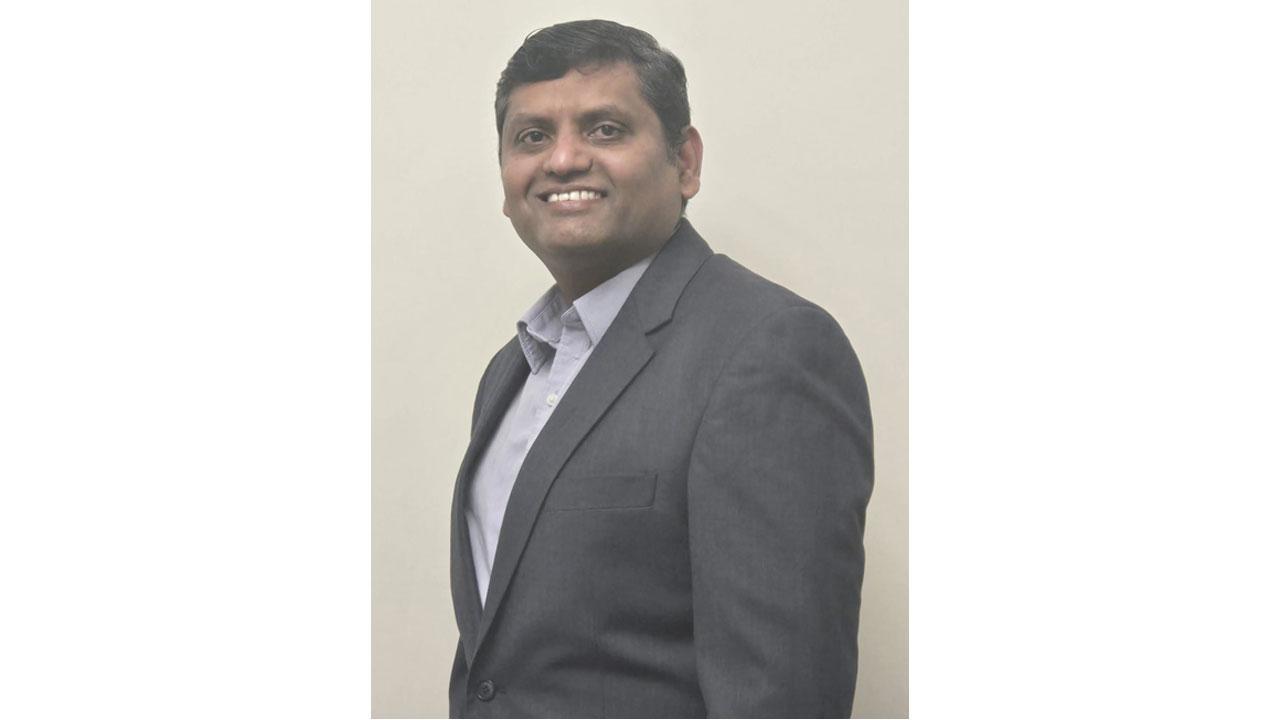Some of the biggest challenges facing software testers today include keeping pace with rapid development cycles and the increasing complexity of applications.

Saravanan Murugan
In today's rapidly advancing tech industry, software testing is a field that often gets less recognition than it deserves, perhaps overshadowed by the (arguably) more appealing jobs in development and design. Nevertheless, it is an essential part in ensuring the quality and reliability of the product reaching consumers. Successful testing identifies and fixes problems that enhance user experience and satisfaction. We asked seasoned software tester, Saravanan Murugan, who has over 18 plus years of extensive experience in the Software Testing field with domains like Healthcare, Banking, and Supply chain management, to share the key aspects of his world.
ADVERTISEMENT
Abraham: Thank you for joining us today, Saravanan. To begin, could you tell us what drew you to the world of software testing?
Saravanan: Absolutely. My passion for technology and problem-solving drew me into the software testing world. I loved the idea of ensuring software quality and enhancing user experience. The challenge of finding bugs and improving functionality excited me. Additionally, collaborating with developers to create better products was rewarding, making software testing a perfect fit for my skills and interests.
Abraham: That's an interesting transition! Can you explain the importance of software testing in today’s development processes?
Saravanan: Certainly! Software testing is crucial in today's development processes as it ensures the quality and functionality of applications. With rapid deployment cycles and increasing user expectations, thorough testing helps identify bugs early, reducing costs and time in the long run. It enhances user satisfaction by delivering reliable products, ultimately contributing to a company’s reputation. Moreover, effective testing facilitates smoother collaboration between teams, ensuring that projects meet both technical requirements and user needs.
Abraham: You mentioned Agile and DevOps. How has the approach to testing changed with these methodologies?
Saravanan: Great question! With Agile and DevOps, testing has shifted to be more integrated and continuous throughout the development lifecycle. Testing is now conducted in shorter iterations, allowing for rapid feedback and quicker identification of issues. Automation plays a key role, enabling teams to run tests frequently and efficiently. This collaborative approach fosters communication between developers and testers, ultimately leading to higher quality products delivered more swiftly to users.
Abraham: What are some of the biggest challenges currently facing software testers?
Saravanan: Some of the biggest challenges facing software testers today include keeping pace with rapid development cycles and the increasing complexity of applications. Limited resources and time constraints can hinder thorough testing. The growing adoption of automation requires testers to constantly update their skills and tools. Additionally, ensuring comprehensive coverage across diverse environments and devices adds to the challenge. Finally, fostering effective communication within cross-functional teams can be difficult, impacting the overall testing process.
Abraham: Speaking of automation, how important is it in your testing strategy?
Saravanan: Automation plays a crucial role in our testing strategy as it enhances efficiency and supports rapid development cycles. By automating repetitive tasks, we can focus on more complex testing scenarios, ensuring better coverage and faster feedback. It allows us to execute tests across various environments and devices consistently, while also helping to manage resource constraints. Additionally, automation facilitates continuous integration and delivery, enabling quicker releases and improving overall product quality. Regularly updating our automation skills is essential to stay competitive.
Abraham: That makes a lot of sense! For someone looking to break into the software testing field, what skills or mindsets should they focus on developing?
Saravanan:To break into the software testing field, aspiring testers should focus on developing strong analytical and problem-solving skills, as these are critical for identifying issues and improving processes. Familiarity with testing methodologies, such as manual and automated testing, is essential. Learning programming languages like Python or Java can enhance automation skills. A solid understanding of software development processes is also beneficial. Additionally, cultivating a curious mindset and attention to detail will aid in finding defects. Effective communication and collaboration skills are vital for working with cross-functional teams, fostering an environment of shared knowledge and continuous improvement.
Abraham: Looking to the future, what trends do you foresee in software testing?
Saravanan: Looking ahead, several key trends are shaping the future of software testing. The rise of artificial intelligence and machine learning is transforming test automation, enabling more intelligent test case generation and predictive analytics. Additionally, the adoption of DevOps practices is promoting continuous testing, integrating testing throughout the development lifecycle for faster feedback. Emphasis on testing for security and performance is growing, as applications become more complex and cyber threats increase. Resource-efficient testing approaches like shift-left testing are also gaining traction, encouraging early defect detection. Finally, the need for extensive testing across diverse devices and platforms will drive the growth of cloud-based testing tools.
Abraham: Fantastic insights, Saravanan. Before we wrap up, what advice would you give to those already in the software testing field?
Saravanan: Stay curious and never stop learning. To thrive in the evolving software testing landscape, embrace continuous learning and stay updated on emerging technologies, particularly AI and automation tools. Familiarize yourself with DevOps practices to enhance collaboration between development and testing teams. Prioritize security and performance testing as applications become increasingly complex. Adopt resource-efficient strategies like shift-left testing to identify defects early in the development process. Additionally, invest time in understanding cloud-based testing tools to accommodate diverse devices and platforms. Finally, cultivate strong communication skills to effectively articulate testing outcomes and contribute to overall project success. Adaptability and proactive learning will be your greatest assets.
Abraham: What will be the Impact of AI on the software Testing field in the future
Saravanan: The impact of AI on the software testing field in the future will be profound. AI-driven testing tools can automate routine tasks, reducing manual effort and accelerating test cycles. Predictive analytics will enhance defect detection by identifying potential issues earlier in the development process. AI can also optimize testing environments and improve test coverage through intelligent test case generation. As a result, testers will focus more on strategic aspects and critical thinking. Enhanced collaboration between development and testing teams will lead to higher-quality releases. Ultimately, AI will transform testing into a more efficient, reliable, and integral part of the software development lifecycle.
As technology advances at a rapid pace, the critical role of software testing in ensuring the reliability and usability of software products cannot be overstated. Effective testing identifies bugs, enhances performance, and improves user experience, making it essential in the development process. Insights from experts like Saravanan Murugan are invaluable for understanding emerging trends and methodologies in software testing. Their expertise enables developers to navigate the complexities of modern software challenges, ultimately leading to higher-quality and more efficient products.
 Subscribe today by clicking the link and stay updated with the latest news!" Click here!
Subscribe today by clicking the link and stay updated with the latest news!" Click here!












